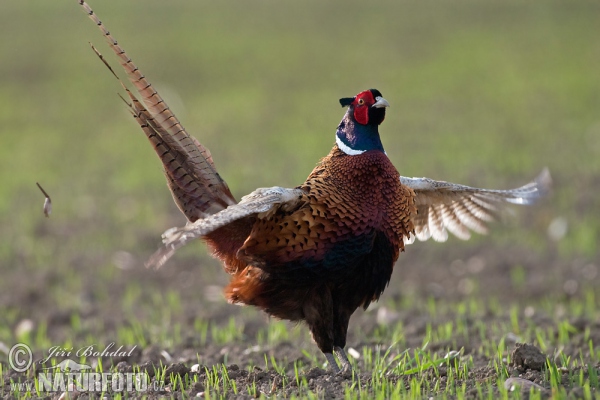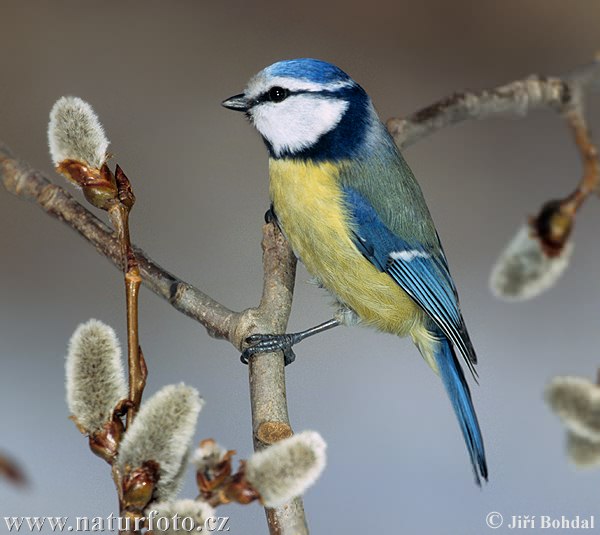
The majestic colourful pheasant of which many thousands are bread to be shot and eaten every year.
Pheasant Facts
Pheasant In CRPPheasant facts from Ultimatepheasanthunting.com.
* Roosters will range in weight from 3.5 to 4 lbs (1.6 to 1.8 kg)
* Hens will range in weight from 2 to 2.5 lbs (.9 to 1.1 kg)
* The insulating effect of habitat moderates windchills, thus providing a warmer and less energy-demanding microclimate for pheasants (and other wildlife)
* Birds, like dogs and cows, do not sweat to air-condition their body, they must pant (rapid inhaling and exhaling) to remove excess body heat
* Through most of the growing season, pheasants can survive on the moisture they consume in insects and the morning dew on vegetation
* Male pheasants are called 'Roosters' or 'Cocks' and females are called 'Hens'
* A typical rooster accumulates a harem of three to seven hens
* After hatching, pheasant chicks immediately begin growing flight feathers, and are capable of short flights at 2 weeks
* Pheasants do not migrate, they stay relatively local all year long
* On flat ground, a ringneck pheasant can run at speeds of 8-10mph
* Pheasants can fly up to 48mph
* During egg laying, the hen seeks out calcium and protein. Her diet will contain 10 times more calcium than the rooster's diet
* The average length of a hen is about 20" (50.8 cm) where the average length of a rooster is approximately 36" (91.4 cm)
* Pheasants main predators include: Fox, Raccoon and Skunk (as chicks) and Man, Fox, Hawks and Owls
* Pheasants, a native to China, were brought across the Pacific in 1881 by Judge Owen Nickerson Denny in an inital batch of 30 (with 26 surviving the journey)
* Pheasants eat berries, seeds, young shoots and insects and prefer open country with brushy cover
* Through most of the growing season, pheasants can survive on the moisture they consume in insects and the morning dew on vegetation
* During the summer, insects comprise considerably more of the chick's diet and weed seeds more of the adult's diet
* Hens will make from one to four attempts at nesting during the spring nesting season
* Pheasants are in the Phasianidae family and are cousins of Quail and Partridge
* The spring ratio of hens to roosters is usually about 3:1
* 30% annual survival rate and only 2-3% of population lives to age 3, whether they're hunted or not
* Pheasants, a native to China, were brought across the Pacific in 1881 by Judge Owen Nickerson Denny in an inital batch of 30 (with 26 surviving the journey)
. I usually get aroung 10 geese, quail or pheasents a year, plus the odd deer.




